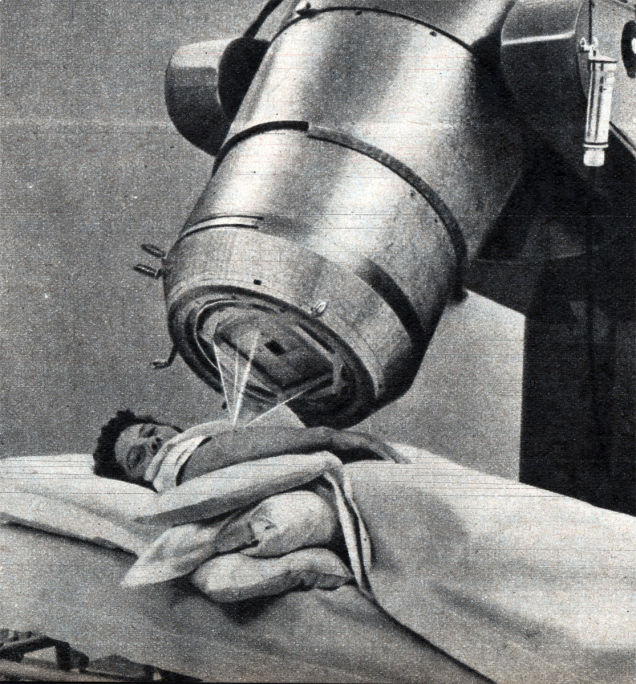

Letting the data speak, one would hear that low-dose radiation from A-bombs has extended survivor lifespan and reduced cancer mortality on average for A-bomb survivors and not-in-the-city control subjects (NIC). Taking these facts into consideration, the effects on lifespan and cancer incidence of A-bomb survivors were reexamined for the present analyses. Low-dose radiation sometimes stimulates our defense mechanisms and beneficial (radiation hormesis). It is less well known that ionizing radiation is not always hazardous. For survivors of today, fear of A-bombs mostly overlaps with fear of cancer. People tend to forget that victims of heat and blast were affected in a moment or short period, whereas cancer induction has remained a menace even to the present day. In fact, instantaneous deaths were mostly ascribable to thermal and blast energy (85%), especially in the central area of the blast. The energy of A-bombs comprised 35% thermal radiation (heat and light), 50% blast energy (pressure shock waves), and 15% nuclear radiation. Through their composition, it became increasingly clear that LNT has a seriously flawed history. The Fukushima Daiichi nuclear power plant accident presented an opportunity to study the effects of ionizing radiation on health, after which the author published associated books and papers. People around the world have been taught for decades since that ionizing radiation is limitlessly hazardous, This supposition is based on a linear no-threshold model (LNT): even the lowest doses of ionizing radiation are hazardous in proportion to their doses, Therefore, it is quite natural that most people think that ionizing radiation from the A-bombs killed people, shortened lifespan, and increased cancer mortality. The weapons dropped in 1945 killed approximately 200,000 people instantaneously. Japan is the only country that has sustained a nuclear attack. For many reasons, LNT must be revised or abolished, with changes based not on policy but on science. If it were not for LNT, tremendous human, social, and economic losses would not have occurred in the aftermath of the Fukushima Daiichi nuclear plant accident. Nevertheless, LNT has served as the basis of radiation regulation policy. Average solid cancer death ratios of both A-bomb survivors and NIC were lower than the average for Japanese people, which is consistent with the occurrence of radiation adaptive responses (the bases for radiation hormesis), essentially invalidating the LNT model. Both A-bomb survivors and NIC showed longer than average lifespans. When LSS data of longevity are examined, a clear J-shaped dose-response, a hallmark of radiation hormesis, is apparent. LSS never incorporates consideration of this possibility. Another failure of LSS is its neglect of radiation adaptive responses which include low-dose stimulation of DNA damage repair, removal of aberrant cells via stimulated apoptosis, and elimination of cancer cells via stimulated anticancer immunity. Use of NIC as negative controls constitutes a major failure in analyses of LSS.

Not only A-bomb survivors but also not-in-the-city control subjects (NIC) must have been exposed to residual radiation to a greater or lesser degree. Residual radiation mainly consisted of fallout that poured down onto the ground along with black rain. Estimation of exposure doses was based on initial radiation (5%) and neglected residual radiation (10%), leading to underestimation of the doses. The study described in the report used data of the Life Span Study (LSS) of A-bomb survivors. NAS put forward the BEIR VII report in 2006 as evidence supporting LNT.

This spurious hypothesis was not based on solid data. The US National Academy of Sciences (NAS) presented the linear no-threshold hypothesis (LNT) in 1956, which indicates that the lowest doses of ionizing radiation are hazardous in proportion to the dose.


 0 kommentar(er)
0 kommentar(er)
